Filter media- from activated carbon to zeolite
The aquarium filter is so much more than a simple water purifier that captures suspended particles and makes the water crystal clear again. It also ensures biologically active and purified water and also introduces essential oxygen into the tank. It also provides the ideal substrate for denitrifying bacteria, which effectively help to break down pollutants and thus create a feel-good environment for plants and animals in the aquarium. With the help of various filter media, the filter's properties can also be upgraded so that it can put a stop to a wide variety of problems. But which ones are there and what are they suitable for? Let's take a look at the whole thing.
Filter media differ in some essential properties and are used in the aquarium filter in a certain order to be as effective as possible. Loose filter media can be conveniently placed in the filter with a filter media or mesh bag, and can also be conveniently removed. Hamburg mat filters, on the other hand, cannot be fitted with filter media.
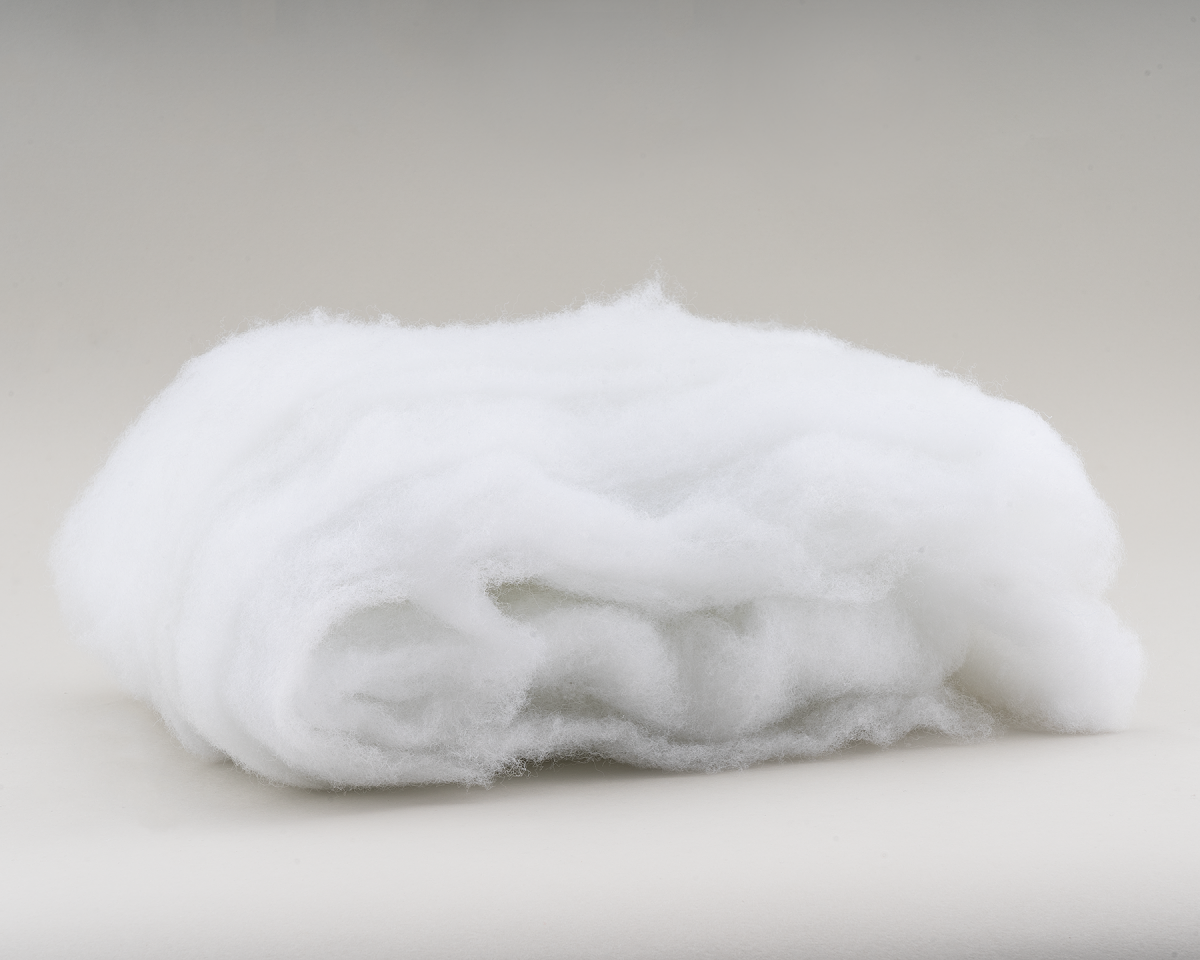
Fine filtration
The smallest particles and suspended particles are removed with the aid of fine filters. Filter wadding, filter fleece, but also fine filter mats or micro fleeces are suitable for this. If possible, these are inserted at one of the last points in the filter, so that coarse contaminants do not clog the fine material directly - because this reduces the filter effect to zero. Especially in shrimp aquariums or in breeding tanks, fine filter material is often used.
Most turbidity in the aquarium is caused by algae or bacteria blooms, but can also be caused by insufficiently pre-washed gravel. Sometimes it is also due to food residues or stirred up mulm from fish. From time to time, filter fleece can be washed out and reused, but as soon as the water flow hardly improves noticeably, it should be replaced, because it becomes compacted by washing out and the filter performance decreases as a result.
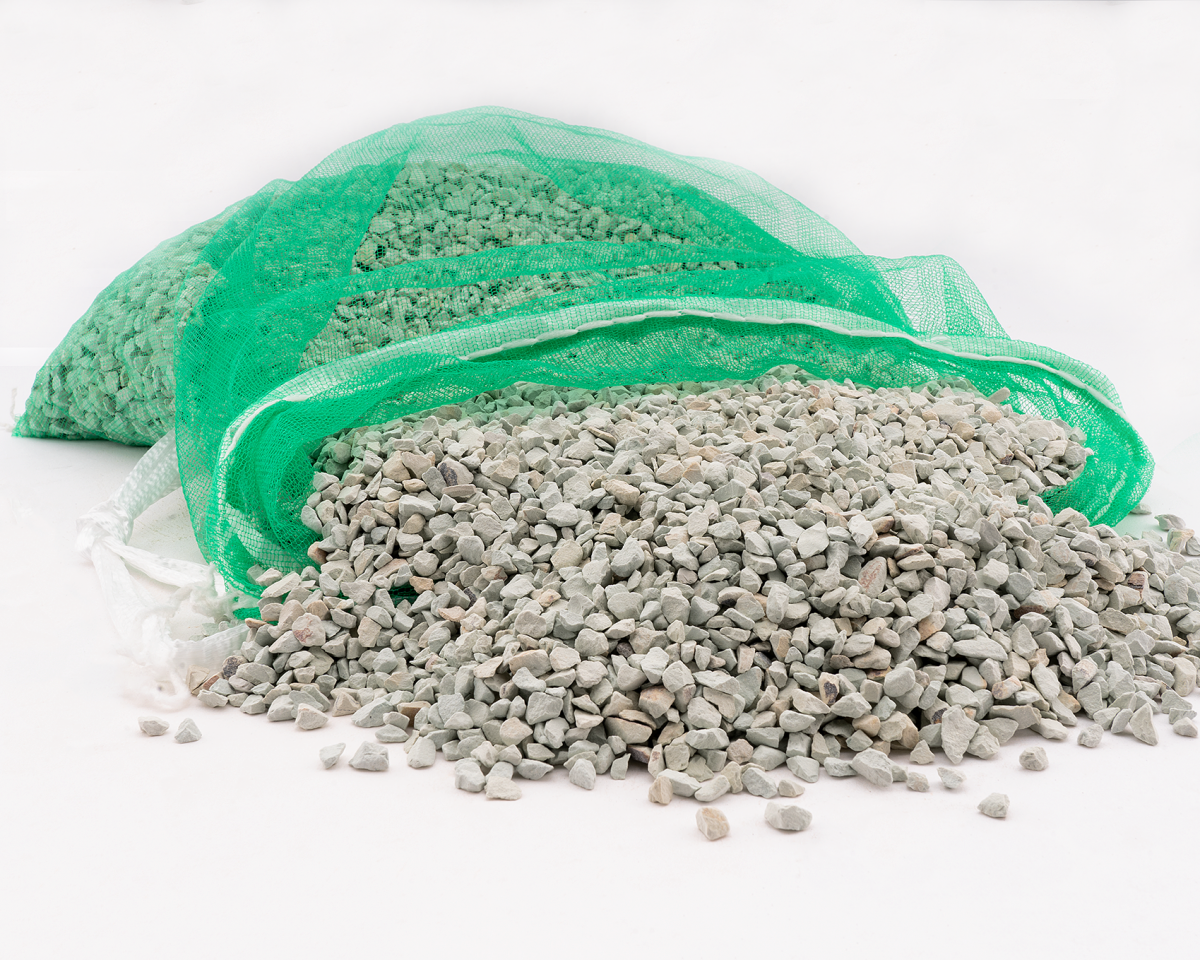
The main filtration
Such materials are especially suitable for the settlement of useful cleaning bacteria. Mostly it is a coarse porous material, which offers a huge filter surface. Whether clay tubes or sintered glass, the appearance is varied in places. Main filter material counts less on the removal of pollutants than on the biological cleaning by bacteria. These filter media are used after the pre-filter and before the fine filter.
These include, for example, bio-vortexes, whose twisted shape provides an enlarged surface on which bacteria can perfectly settle and multiply, thus effectively contributing to pollutant removal. They can be placed loosely or with the help of a mesh bag in the external filter and should be rinsed out from time to time.
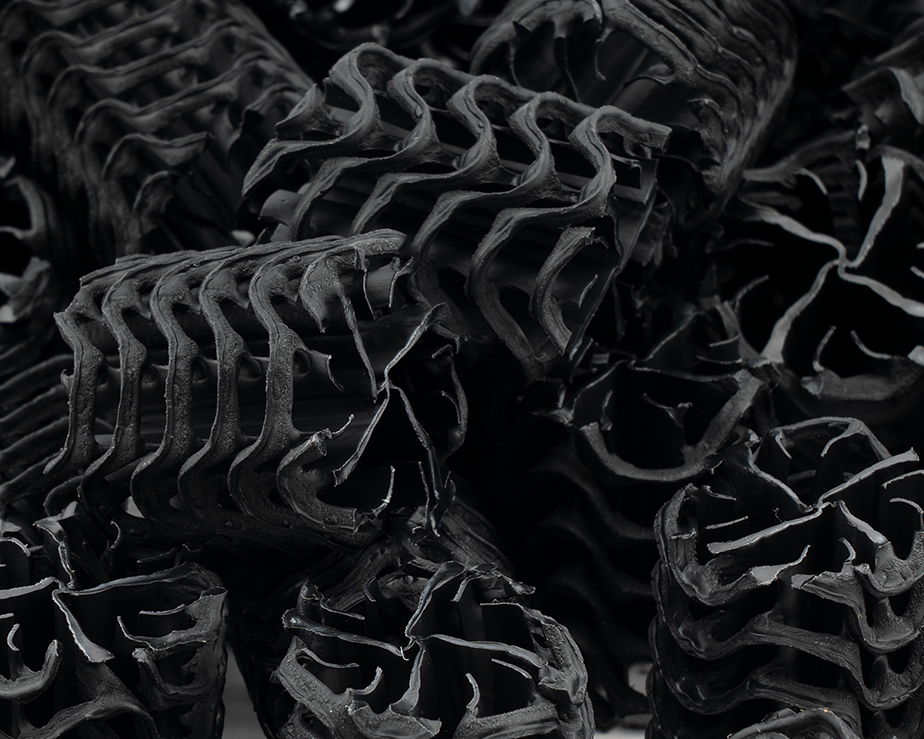
Water pollution and diseases can be prevented by the use of Filter tubes can be averted: on the enlarged surface bacteria find an excellent place to settle and multiply, breaking down pollutants such as ammonia, which could cause problems in the aquarium and are also toxic to the occupants.
Filter pumice is an excellent biological filter medium for aquariums and ponds. The pumice stones are of volcanic origin and do not harden the water. The different sizes also ensure a better reduction of pollutants in the aquarium water.
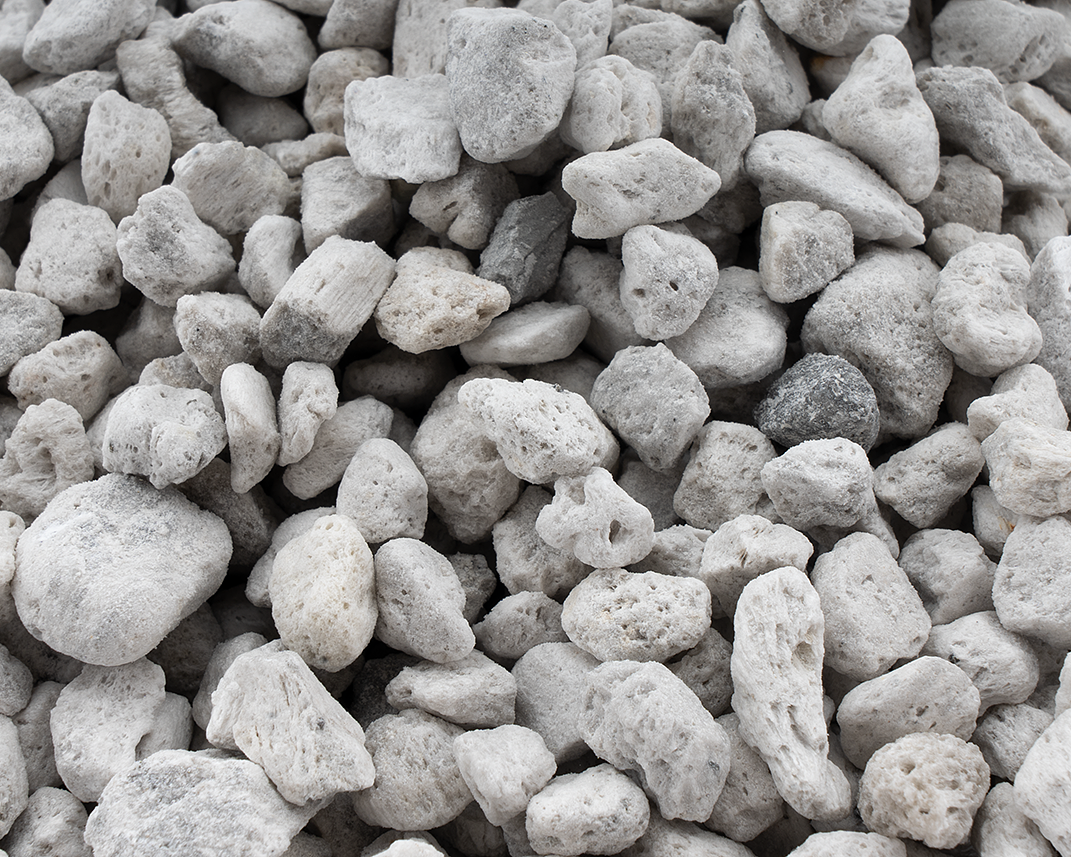
In the aquaristic Zeolite has long been an "old hand" and hardly any aquarium filter is not equipped with it. It improves the water both in freshwater aquariums, but also in saltwater tanks and even ponds. Above all, its ability to absorb pollutants and thereby create and maintain an optimal biological balance makes it so popular. In doing so, it removes toxins from the water that could otherwise be dangerous for the animals being kept. During this biological detoxification, ammonia, phosphates and other environmental toxins are effectively bound and filtered out. Thus, algae are deprived of their basis, which then can no longer spread unhindered. In addition, zeolite binds unpleasant odors.
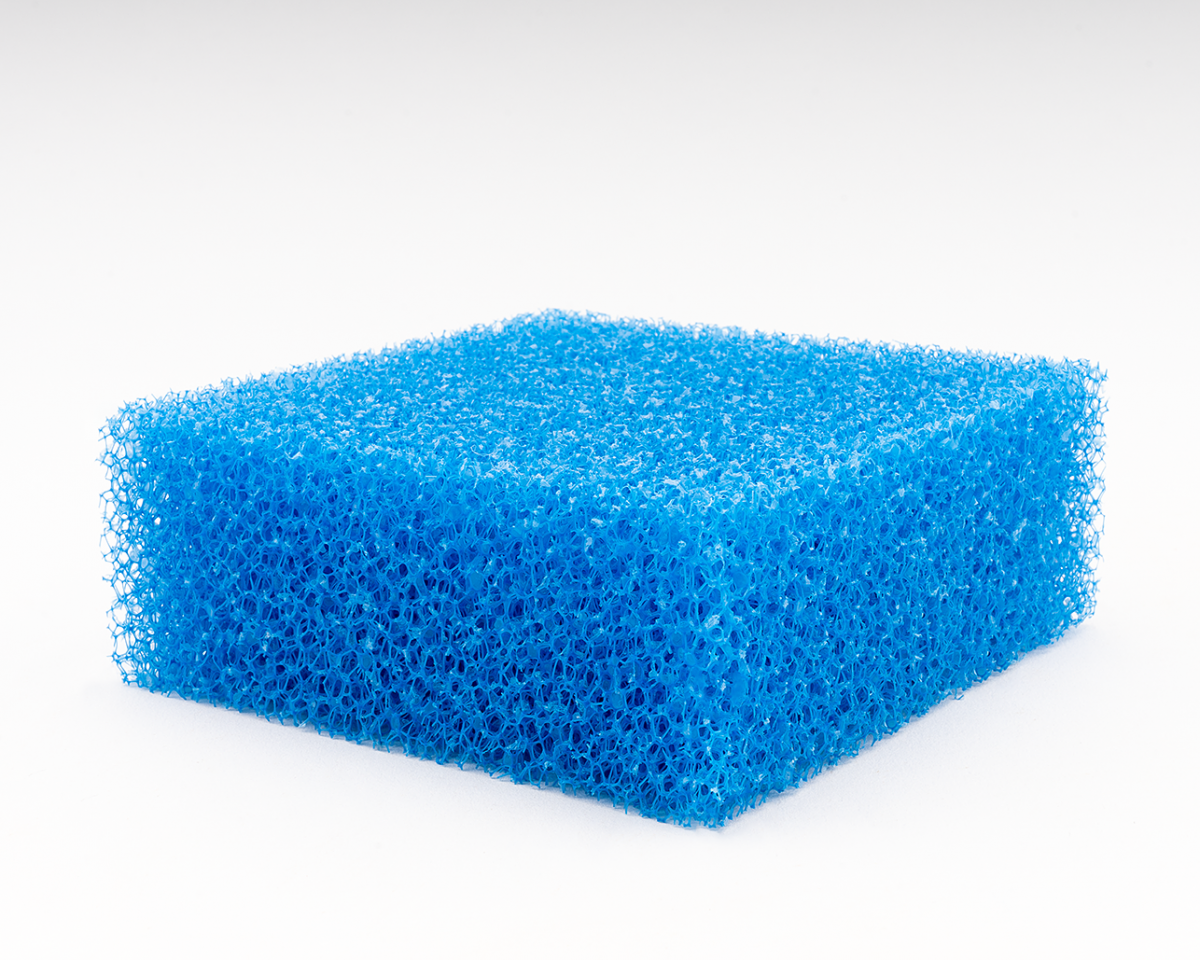
Pre-filtering
As the name suggests, these are filter media designed for pre-cleaning. These are usually coarse-pored and trap coarse debris as well as plant debris from the water. They consist of coarse synthetic fibers to plastic bodies and coarse filter mats. They are inserted in the first place in the filter so that it keeps out the coarse dirt that would clog the rest of the filter media.
In aquarium filters coarse filter foam inserts zeolites often do the lion's share of the cleaning work in aquarium filters, as they are excellent at pre-filtering coarse dirt and thus increase the service life of the filter. This shifts the cleaning interval further back. The coarse porous surface not only holds food flakes or leaves, it is also home to beneficial microorganisms that safely and reliably convert and break down pollutants.
To reduce or remove pollutants in the aquarium, synthetic fibers like the Grobfill filter media are excellent. Whether rotting plant remains or whirled up clouds of dirt- the material absorbs larger particles excellently and thus prevents clogging of fine filter materials, so that an optimal flow remains guaranteed.
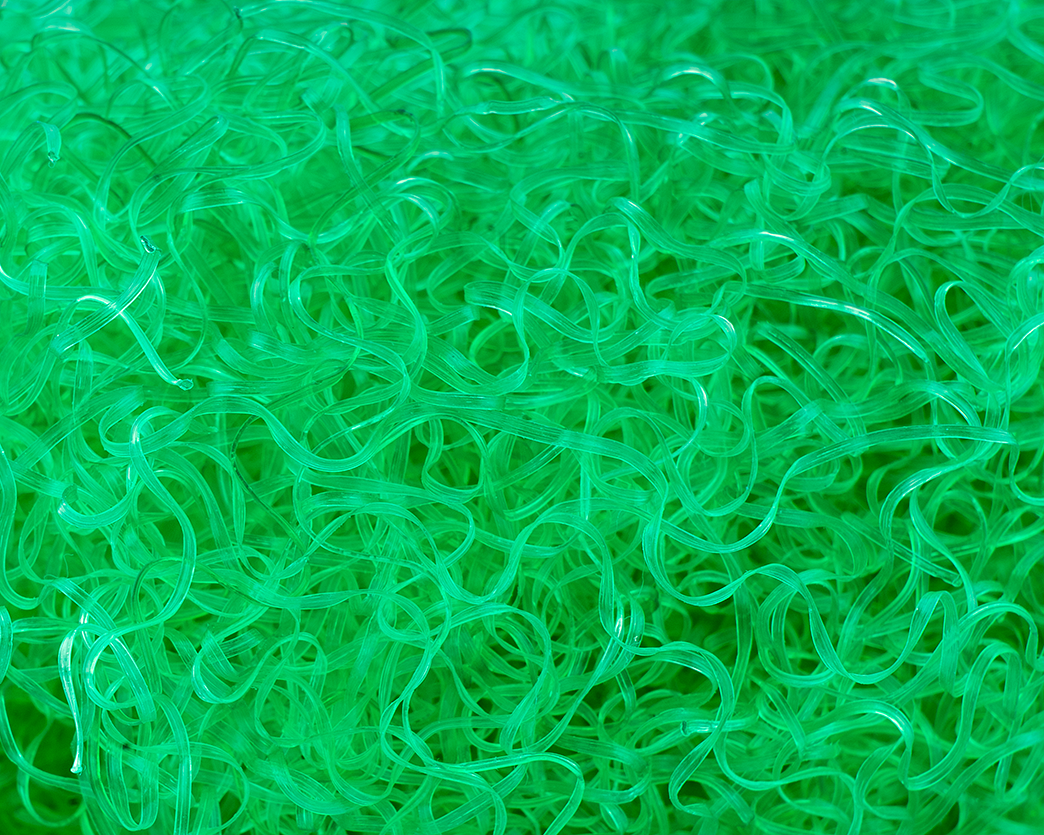
The special filtration
Special filter media are those that have a certain effect on water values and can influence them. For example, these can lower the pH or remove residues such as discoloration, medications or even odors from the water.
Calzigran is a highly pure calcium carbonate of natural origin and is suitable for lime reactors and hardening filters. It dissolves completely through the gassing of CO2 and can be added to the water as a calcium carbonate solution. Calzigran is also suitable as a substrate in marine tanks, as well as in perch aquariums. It is also suitable for hardening in ponds.
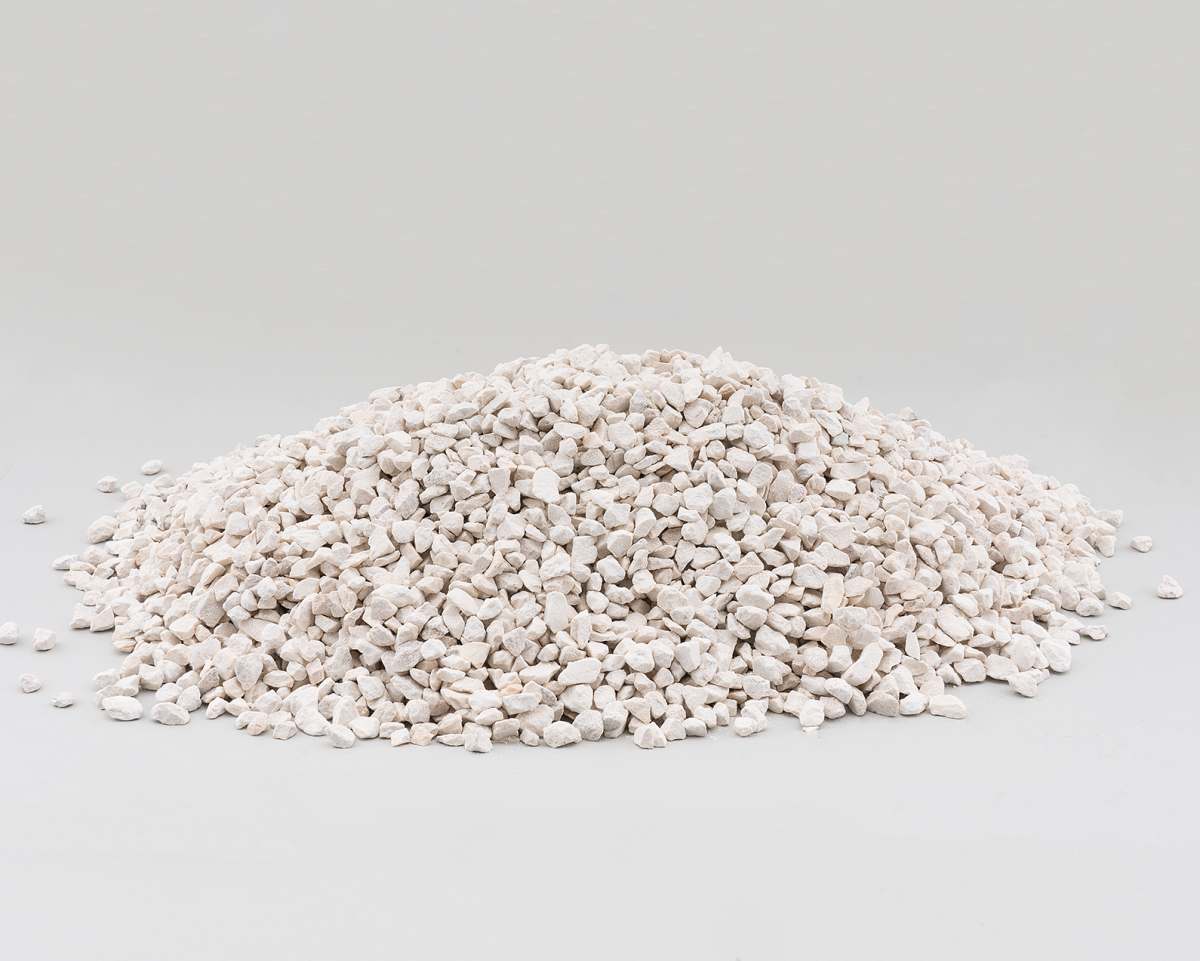
Barley straw causes a slight yellowing in the water, which causes a light-filtering effect. As a result, algae are inhibited in their reproduction and slowly recede. The barley also has enzymes and nutrients that are beneficial for the reproduction of microorganisms such as paramecia. These also feed on algae spores and contribute to clear and algae-free water.
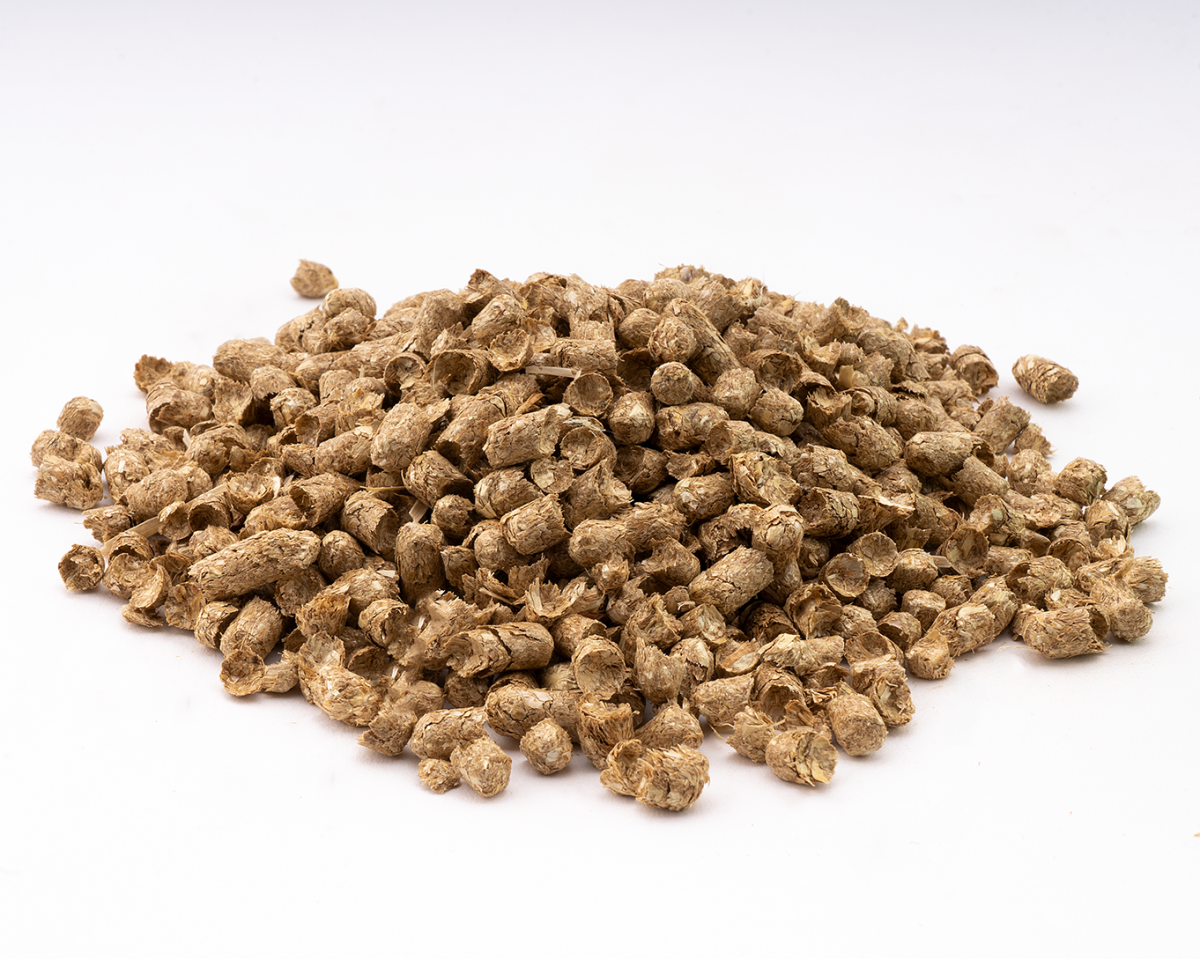
Peat pellets serve for natural water treatment and algae regulation in aquariums and garden ponds. The humic acids and tannins released evenly in the process bind the excess nutrients and only gradually release them again in plant-available form. This gives the water a light amber hue, and also lowers the pH value to an acidic environment, thus additionally inhibiting the formation of algae. The light water coloration reduces the light intensity in the water. In this way, the biological balance is stabilized again and the water becomes crystal clear.
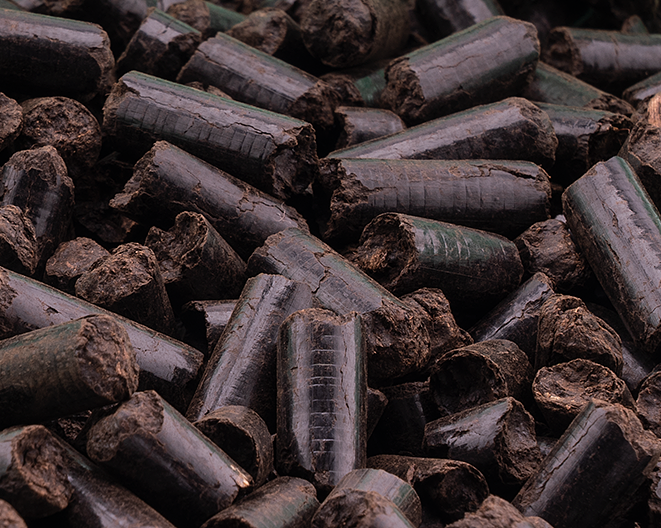
Peat fibers serve different applications in freshwater aquariums. On the one hand, they are excellent for fighting algae, but on the other hand, they can also be used as a spawning aid for Kilifish or other egg-layers. Peat is a great way to treat water, because humic acids and tannins slightly acidify the water and bind excess nutrients. The pH value is also acidified by the peat fibers, so that algae are inhibited in their development. The water takes on a light amber tone, which has a light-filtering effect. Those who are bothered by this can easily filter it out with activated carbon. The water becomes crystal clear due to the peat fibers and the biological balance is stabilized.
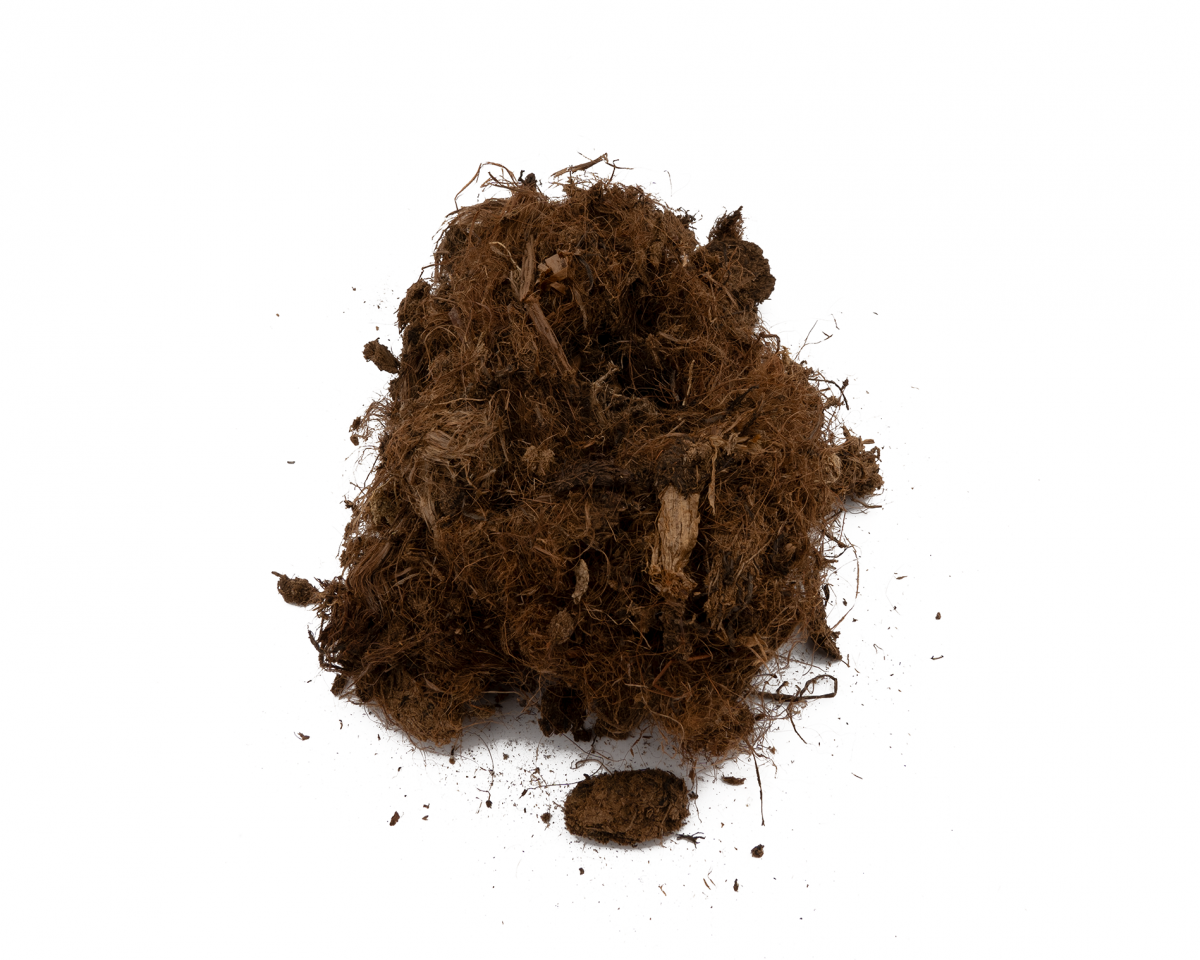
Nitrate serves in the aquarium among other things as a nutrient of plants, but can become a problem in higher doses. First signs are especially a jumpy algae development. Especially in newly set up tanks, the nitrate value is often too high and the nitrite value is also still measurable. To avoid the danger of poisoning the animals, these values should be reduced. With a nitrate remover like the Nitratex this can be done very easily.
Phosphate is generally considered to be a plant nutrient that is conducive to splendid plant growth in the aquarium. However, too much of it can lead to increased algae formation. With a Phosphate Adsorber can be used to remove excess nutrients from the water in a targeted and reliable manner.
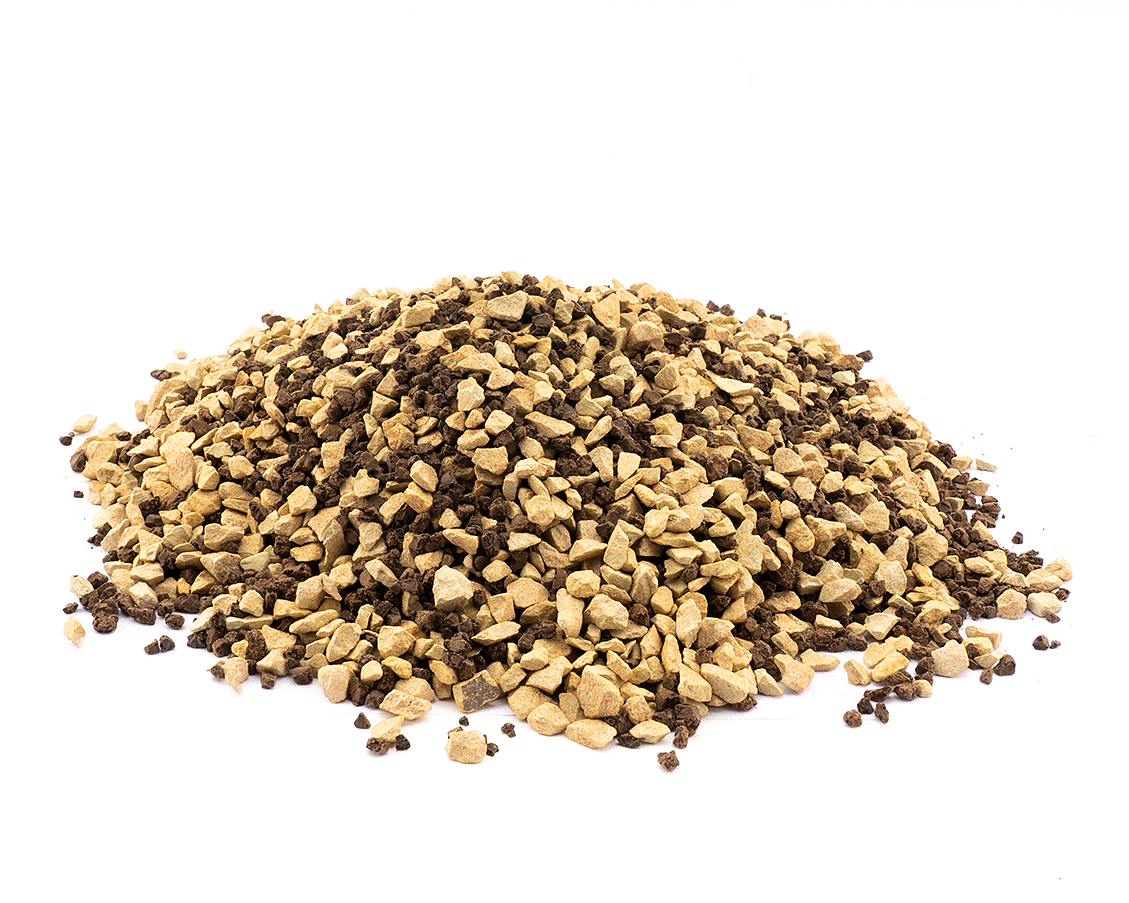
Filter media are quite useful little helpers, which are almost indispensable for a functioning aquarium. Usually several different materials are used at the same time to achieve the best possible results in the aquarium and not least to maintain and promote the health and well-being of the cultivated darlings.
